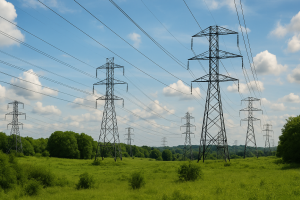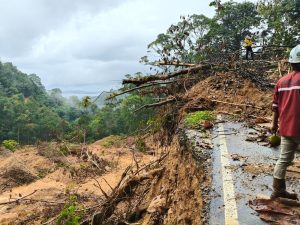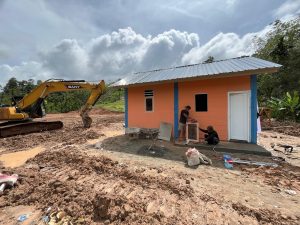Jakarta – The latest study by the ReforMiner Institute reveals that the multiplier effect of the upstream gas sector has increased significantly from 4.98 times to 6.56 times. In its statement on Wednesday, August 27, ReforMiner said this surge indicates that every investment in upstream gas is capable of creating much greater economic added value than before.
ReforMiner Executive Director Komaidi Notonegoro emphasized that this increase demonstrates the role of upstream gas not only as an energy provider but also as a cross-sector driving force. “The upstream gas industry is important not only for supplying energy but also as a raw material for other industries,” he said.
The ReforMiner study shows that the economic sectors related to the upstream gas industry have also expanded, from 104 sectors to 113 sectors. This interconnection is reflected in the total linkage index, which rose from 2.63 to 3.12.
“A linkage index value above 1 indicates that a sector has a strong appeal and driving force for the growth of other economic sectors. Upstream gas falls into that category,” explained Komaidi.
Response to the challenges of gas deficits and energy transition
Upstream gas optimisation is considered important to reduce the risk of supply deficits, especially in West Java and Sumatra, which are projected to increase to 513 MMSCFD by 2035.
Komaidi added that upstream gas development is in line with the energy transition. According to a study by ReforMiner, if 50% of petroleum and coal consumption is replaced with natural gas, carbon emissions can be significantly reduced, by 36.16 million tons of CO₂e (petroleum) and 123.35 million tons of CO₂e (coal), respectively. “Natural gas can be a realistic transition solution while we build a renewable energy base,” he said.
Downstreaming requires upstream supply
The downstream gas industry, which is expected to grow in the near future, requires full support from upstream gas supplies. Several major projects that are projected to consume up to 1,078 MMSCFD of gas include Pupuk Iskandar Muda (PIM)-3, Pupuk Sriwijaya (Pusri) III, Grass Root Refinery (GRR) Tuban, Amurea Pupuk Kimia Gresik (PKG), Bojonegoro Methanol Plant, Masela Petrochemical Project, Banggai Ammonia Development, West Papua Ammonia and Urea Development, and West Papua Blue Ammonia Project.
On the other hand, domestic gas production constraints add pressure to the state budget, particularly through LPG imports.
Komaidi revealed that Indonesia’s LPG consumption increased from 8.02 million tons (2020) to 8.90 million tons (2024). However, domestic production capacity has stagnated at 1.9 million tons, meaning Indonesia must import around 6.9 million tons per year.
“Over the past five years, LPG subsidies have reached around Rp453 trillion, with 40-60 percent of the total energy subsidy being realized. LPG import reserves have even absorbed around Rp64 trillion per year,” he explained.
According to him, increasing domestic LPG production capacity by strengthening upstream gas can reduce the subsidy burden while improving Indonesia’s fiscal and monetary conditions. (Hartatik)
Banner photo: Image generated by OpenAI’s DALL·E via ChatGPT (2024)














